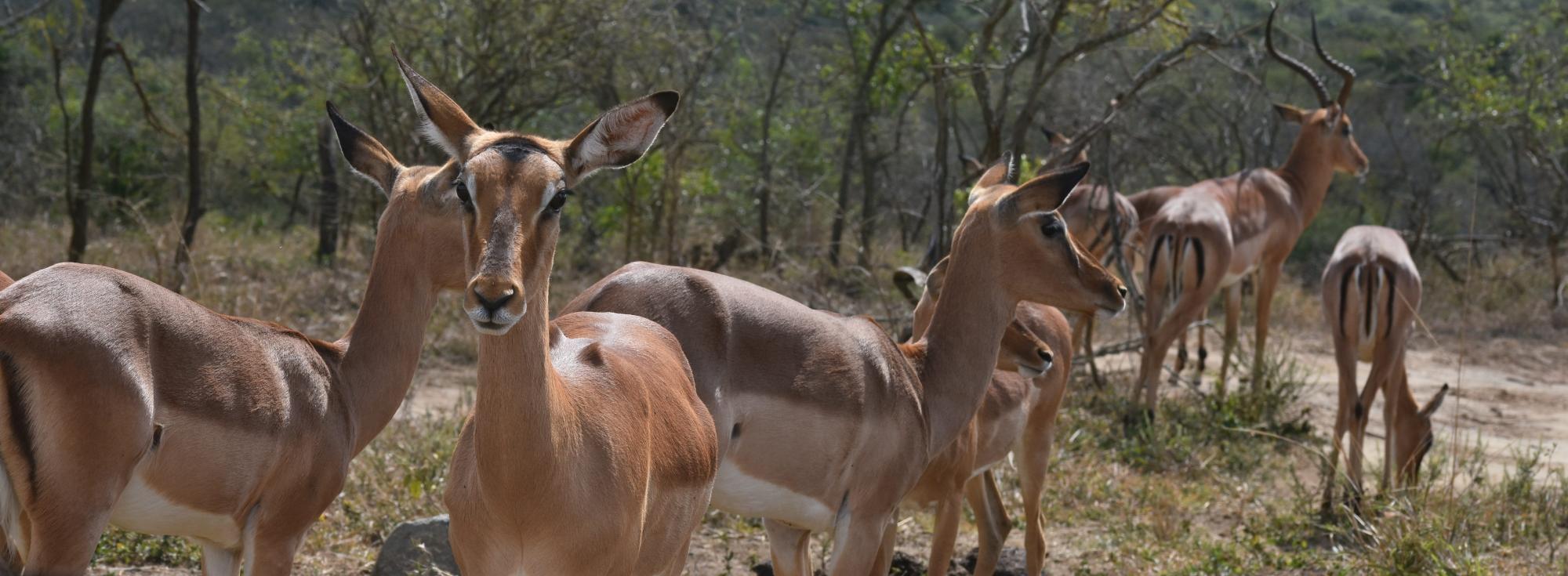
Make Biodiversity Great Again
09 Sep 2022
Written by Prof Brian Child
Like Trumpism, the South African White Paper on the Conservation and Sustainable Use of South Africa’s Biodiversity harks backwards to an imagined age using fact-free arguments. Making a religion of conservation, it seeks an imaginary world of untouched nature that ignores the capacity of animals to propagate beyond the land’s capacity to sustain them, or that most animals coexist with humans on working lands. It fails to understand the obvious – that the alternative to wildlife utilisation is not pristine Africa, but agricultural commodity production. It also fails almost completely to understand the processes, policies, and principles by which wildlife has recovered in South Africa, and in southern Africa more generally. Frighteningly, less than 4% of global biomass is now wildlife, and the world has lost 82% of its wildlife since 1970. The sixfold increase of wildlife in southern Africa provides one of the very few bright lights in the gloomy world of global wildlife conservation. This draft White Paper almost totally misunderstands how this progress was made and seeks a return to unthinking orthodoxy – even if this orthodoxy lies at the heart of the dark ages of wildlife conservation.
The paper lacks the precision required of a policy document – it is 74 pages long and sets eight goals and 27 outcomes or strategic outcomes, suggesting that confusion reigns over conceptual or policy clarity. Despite its length, it fails to identify even the most basic principles, such as the difference between public and private conservation. These omissions, combined with policy undertones, opaque, and badly described as they are scary – that seeks to take us backwards to the 1960s when wildlife was nearly eliminated from private lands. Indeed, while avoiding the clear policy statements required in any effective policy document, and mischievously misinterpreting the South African Constitution, the tone of the White paper implies that wildlife is or should be a public trust good. Only 7% of South Africa is set aside and financed in public trust through protected areas. The public trust experiment of the colonial era was a complete fiasco – publicly owned wildlife was almost completely replaced by private livestock and crops on privately owned working lands.
Equally concerning is the vagueness and totalitarian doublespeak of the document, and the undemocratic process of developing it. This is dangerous and makes many of us highly suspicious. Is this process being used to recentralise the control of wildlife in the techno bureaucratic elite and the favoured special interest groups that seek to influence and even control them, pushing back progress in democracy and environmental justice in the new South Africa and in Africa more generally? Unencumbered by genuine democratic processes, a small group of faceless authors are attempting to push through a dangerous document that almost no-one agrees with, by deviously circumventing due process and informed consent. The document even insults our SADC brothers and sisters who supported our liberation process at much cost to themselves. As they have made clear at the African Wildlife Economy Summit at Victoria Falls in Zimbabwe and the recent African Protected Areas Congress in Kigali, Rwanda, the future of wildlife should be decided by rural people in democratic negotiation, not by distant, unaccountable bureaucrats, special interest groups and the dark processes that occur in the absence of democratic sunshine. Africans’ rural communities are demanding a new deal in which landholders and communities are shareholders and not stakeholders in the wildlife economy, with the democratic rights to use and trade the wildlife they live with. Why is South Africa so determined to undermine this march to freedom?
The White Paper somehow ignores or forgets the various workshops and laboratories facilitated by the very same Ministry to understand and promote South Africa’s wildlife economy. It also displays a great deal of policy ignorance or is wilfully ignorant of the reasons why southern Africa is the global leader in wildlife economy and the recovery of wildlife on working lands.
Firstly, it completely lacks the institutional and legal understanding that the success of the wildlife economy on working lands in South Africa is built on a foundation of property rights and economic exchange – the proprietorship-price governance principles. The adoption of sustainable use might kill a few animals, but it has increased South Africa’s wildlife populations from <500 000 animals to 6-18 million, while more than 95% of several endangered species thrive on private lands through utilisation. A similar sixfold increase in wildlife on private land in countries like Zimbabwe and Namibia, provides a stark counterfactual to the 82% global decline of wildlife caused by the colonial policy model that the White Paper seeks to reinstate. The White Paper promotes colonial-era exclusionary conservation associated with the removal of rights from local people, elite capture, centralised anti-democratic management led by experts and special interest groups, political marginalisation, green militarisation, and even genocide. It will tear down one of the world’s very few conservation successes.
Secondly, the White Paper completely fails to differentiate between (1) the state’s direct public conservation responsibilities in protected areas, and (2) the emergence of wildlife as an economic option on private or community working lands. It does not even manage to acknowledge that wildlife conservation on working lands is not the primary function of these lands, but a by-product of economic activities that provide livelihoods, jobs, forex, income, etc.
The document is unbalanced. Its failure to set measurable biodiversity and socio-economic objectives for public conservation, public funding, and public lands, is unacceptable, neglecting the Ministry’s primary legal responsibilities. While ignoring its direct responsibilities, it fiddles (badly) with a model that is not broken. The White Paper directly undermines the highly successful wildlife economy, whether in ignorance or through deliberate venom. It seeks to impose ever more protectionist overregulation on the private sector without having much understanding of how regulations work economically, or how much this will harm the progress made. It lacks technical competency, as would a structural engineer managing a sensitive ecological conundrum. Environmental ministries can and should facilitate environmentally sustainable production on working lands but, dangerously, the White Paper crosses out of its policy lane when it directly undermines the productivity mandate of working lands and the agricultural ministry. Given the punitive stance of the White Paper towards South African farmers, can it be trusted to guide what is South Africa’s newest crop – wildlife? Or should this responsibility be placed squarely with the agricultural ministry, given its propensity to assist farmers do better, not punish them. Indeed, in entitling to itself so much unmandated authority over productive enterprises on private land, the whole document may be ultra vires… acting beyond one’s legal power or authority.
Thirdly, the White Paper completely misinterprets the constitution. Section 24 of the constitution states: “Everyone has the right to an environment that is not harmful to their health or wellbeing; to have the environment protected, for the benefit of present and future generations through … measures that prevent pollution and ecological degradation, promote conservation [not preservation], and secure ecologically sustainable development and use of natural resources while promoting justifiable economic and social development.” The White Paper misinterprets section 24 beyond breaking point. It imposes on farmers the public responsibility to preserve wildlife for the public good, while purposefully destroying the mechanisms for achieving conservation (not preservation) through proven practices of sustainable use. This is clear legal jeopardy.
Its most egregious jeopardy, however, lies in Section 25. It fails to understand that truncating the rights of a South African to manage or exchange his or her wildlife is the exact legal equivalent of removing property rights without compensation. It is either so environmentally righteous, or so naïve about legal issues, that it does not even seem to understand this. In South Africa, landholders’ rights to utilise wildlife are encapsulated in common law, as recognised retroactively by the 1991 Game Theft Act. Restricting these rights equates, legally, to removing property rights without compensation. This is a direct and extremely serious breach of Section 25 of the constitution and will be easily challenged through the Constitutional Court. Further, removing rights without due process or informed consent countermands the Convention for Biological Diversity and several UN human rights charters on this. This is an embarrassing position for the newly democratic South Africa to find itself in. Furthermore, weakening property rights in South Africa has enormous reputation risk to the broader economy, and could be construed as anti-constitutional economic sabotage.
The South Africa wildlife economy emerged organically in the absence of a wildlife policy. The tragedy is that South Africa’s belated attempt to develop wildlife policy will take it back to the dark ages of exclusionary conservation. The tragedy is that a few clear policy statements could place the wildlife economy on a new trajectory, with South Africa becoming the global conservation leader it aspires to be. This policy would include:
- Clearly devolving wildlife use rights to landholders and communities.
- Establishing Ostrom-style collective action at the level of rural neighbourhoods to control environmental externalities, build associational capital and replace game fencing.
- Use this democratic foundation to build a civic structure to govern wildlife, thereby gradually replacing the dysfunctional 9+1+1 regulatory and administrative system.
- Ensure that transformation of the sector occurs at all levels.
Prof Brian Child, AWEI Board Member
Authors
No authors to show
We support the free flow of information. Please share:
More content
-
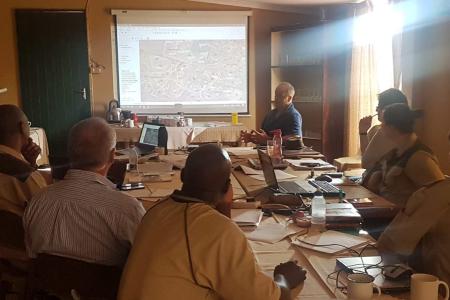
Collaborative governance models of wild product value chains for conservation and livelihood resilience
Mr Thapelo Brilliant LebopaArticles -

-
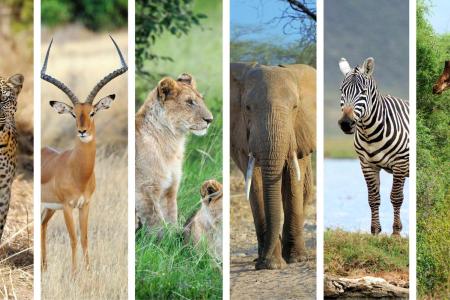
-

-
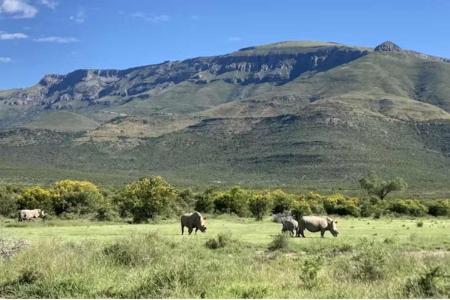
South Africa’s conservation model: why expanding the use of biodiversity to generate money is a good idea
Dr Hayley Clements…Articles -
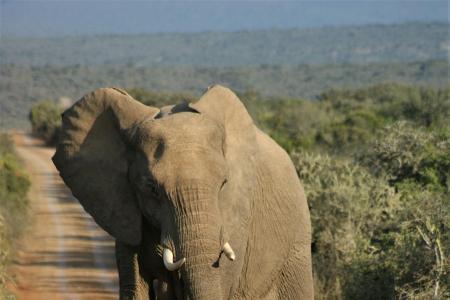
Natural capital as a potential tool for resolving human-wildlife conflict
Dr Michael MusgraveArticles -
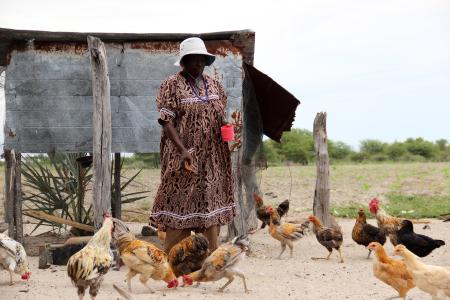
-
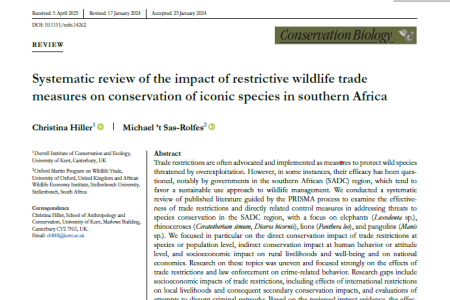
Systematic review of the impact of restrictive wildlife trade measures on conservation of iconic species in southern Africa
Christina Hiller…2024Research -
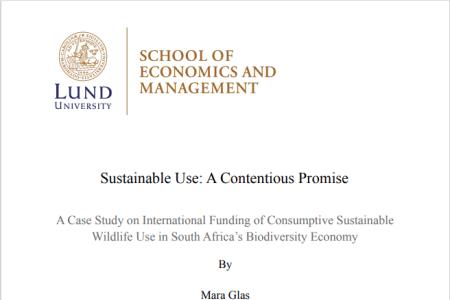
Get updates by email
In a complex and changing world, AWEI generates strategic ideas, conducts independent analysis on wildlife economies, and collaborates with global scholar-practitioners to provide training and expertise for biodiversity conservation, climate resilience, and inclusive economic opportunities in Africa.
Sign up for a quarterly dose of AWEI insights
In a complex and changing world, AWEI generates strategic ideas, conducts independent analysis on wildlife economies, and collaborates with global scholar-practitioners to provide training and expertise for biodiversity conservation, climate resilience, and inclusive economic opportunities in Africa.




